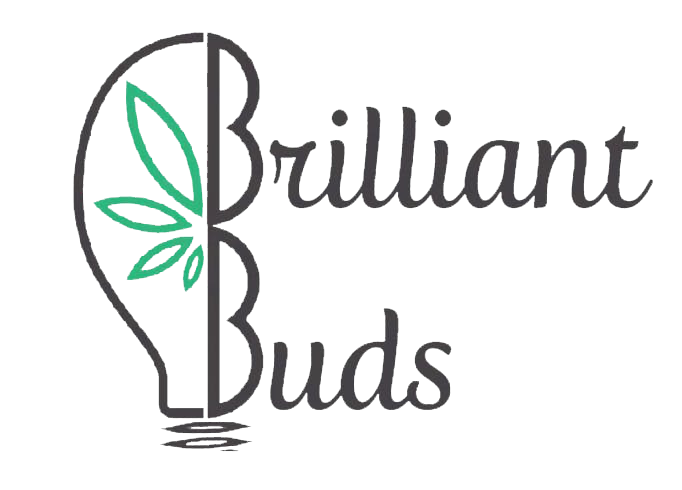Experience the Difference of Small-Batch Flower
Choose us as your cannabis supplier in the Auburn and Bethel, ME area
It's hard to beat the quality of small-batch cannabis. If you're tired of smoking mass-produced marijuana, replenish your stock at Brilliant Buds. We have two cannabis shops in the Auburn and Bethel, ME area. We also sell our products online through our website.
Looking for a reliable wholesale cannabis supplier for your local dispensary? You should partner with us to fill your shop with top-of-the-line products. Contact us today to discuss a cannabis supplier partnership.
Enjoy true craft cannabis
Extraordinary small-batch craft flower is our purpose, our mantra and our promise. We give our flower the time that it needs to grow so we can put out an exceptional product every time. After we harvest our flower, we carefully dry and cure it without rushing through the process.
We're also proud to produce all kinds of unique strains. Our expert geneticist is always working to create new, potent and pure strains. Get in touch with us today to learn more about our craft cannabis.
Make us your go-to dispensary
You won't regret visiting one of our cannabis shops. Our customers keep coming back to us because...
We go above and beyond to provide top-notch customer service
We have a rotating selection of high-end products
Our team has decades of industry experience
Stop by one of our stores today to purchase premium cannabis products.
For use only by adults 21 years of age and older. License number ACC417.

